Reduced car ownership is a good thing. More people use public transit. Less pollution, less commute time, fewer car accidents. Qualified car owners get less traffic and a safer road.
I would rather have a future where people don't have to own a car and car enthusiasts can actually enjoy driving as a hobby.
Would you prefer to drive as much as you want vs. getting stuck in traffic, getting cut off by people who don't know blinkers exist and sitting behind that CR-V camping the overtake lane at 20km/h below speed limit? The fewer unqualified idiots on the road the better. They should be taking a subway or tram so they don't harm the safety of themselves and others. And unfortunately more than half of the people on the road are unqualified.
I would rather have a future where people don't have to own a car and car enthusiasts can actually enjoy driving as a hobby.
Would you prefer to drive as much as you want vs. getting stuck in traffic, getting cut off by people who don't know blinkers exist and sitting behind that CR-V camping the overtake lane at 20km/h below speed limit? The fewer unqualified idiots on the road the better. They should be taking a subway or tram so they don't harm the safety of themselves and others. And unfortunately more than half of the people on the road are unqualified.

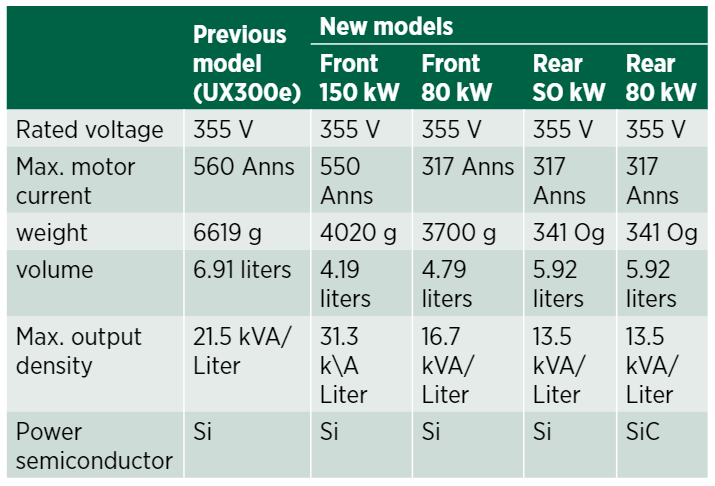
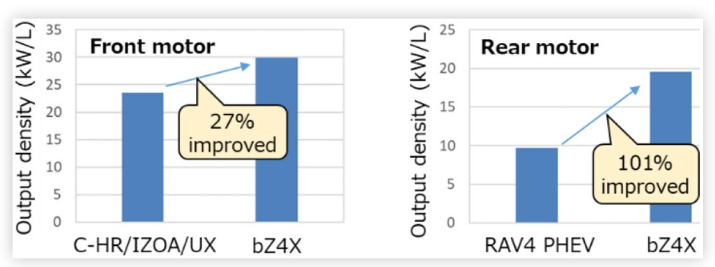
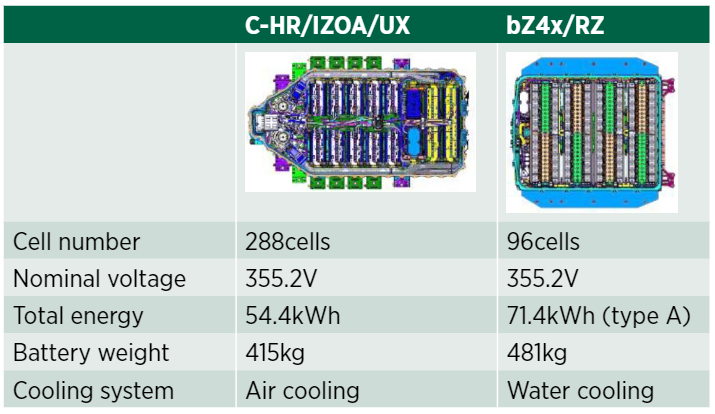
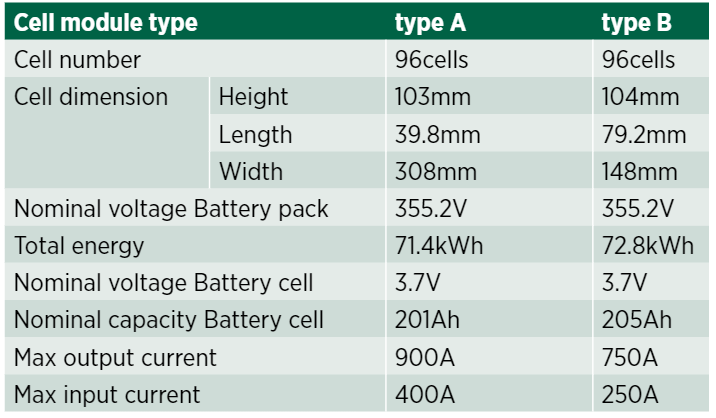
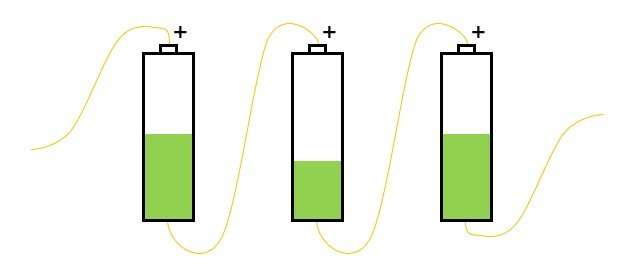

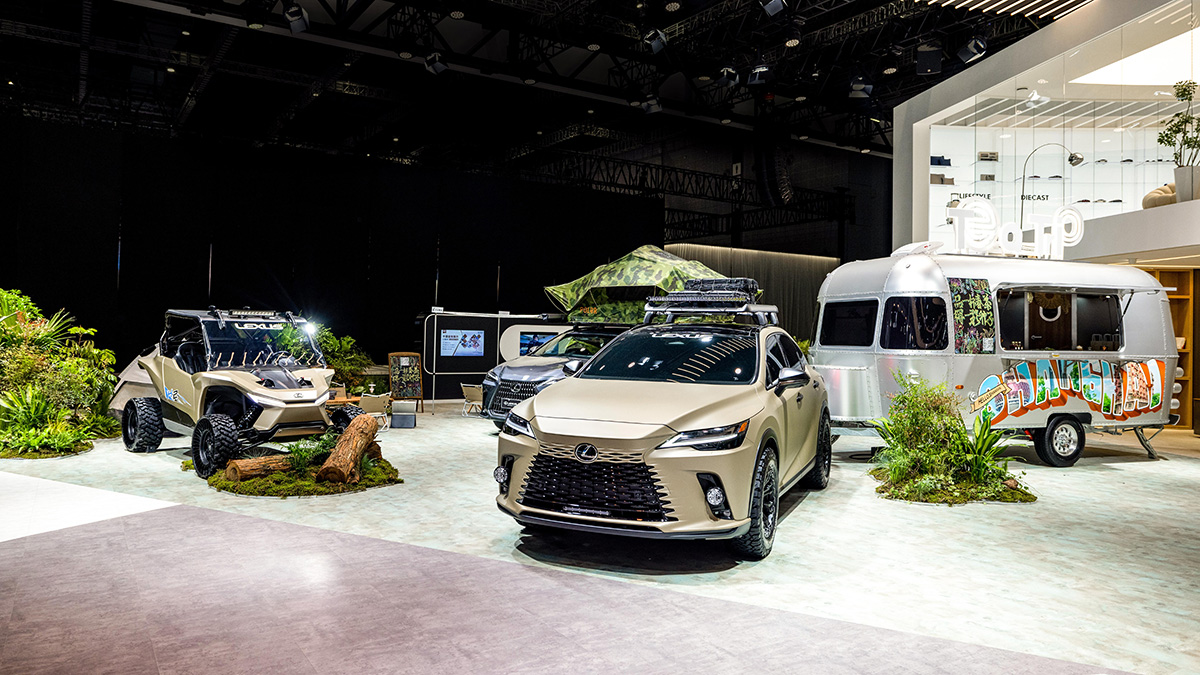
![Screenshot 2023-04-20 at 16-09-31 【画像ギャラリー】トヨタ&レクサスのBEVは新局面へ!! 開発中のレクサスBセグメントSUVとベースにな[...].png Screenshot 2023-04-20 at 16-09-31 【画像ギャラリー】トヨタ&レクサスのBEVは新局面へ!! 開発中のレクサスBセグメントSUVとベースにな[...].png](https://lexusenthusiast.com/forums/data/attachments/6/6979-629ad958fae33bccfde917bb92404725.jpg)
![Screenshot 2023-04-20 at 16-09-56 【画像ギャラリー】トヨタ&レクサスのBEVは新局面へ!! 開発中のレクサスBセグメントSUVとベースにな[...].png Screenshot 2023-04-20 at 16-09-56 【画像ギャラリー】トヨタ&レクサスのBEVは新局面へ!! 開発中のレクサスBセグメントSUVとベースにな[...].png](https://lexusenthusiast.com/forums/data/attachments/6/6981-8631a666254a3b177403ede75506a6e7.jpg)
![Screenshot 2023-04-20 at 16-10-13 【画像ギャラリー】トヨタ&レクサスのBEVは新局面へ!! 開発中のレクサスBセグメントSUVとベースにな[...].png Screenshot 2023-04-20 at 16-10-13 【画像ギャラリー】トヨタ&レクサスのBEVは新局面へ!! 開発中のレクサスBセグメントSUVとベースにな[...].png](https://lexusenthusiast.com/forums/data/attachments/6/6978-9334801196d507749c34994f35a7e349.jpg)
